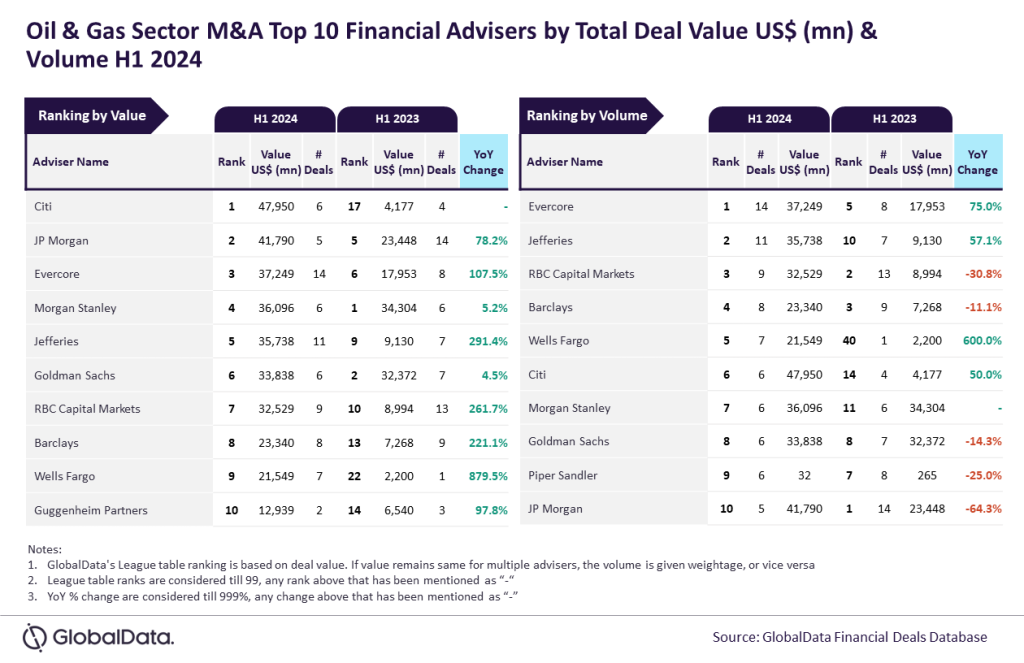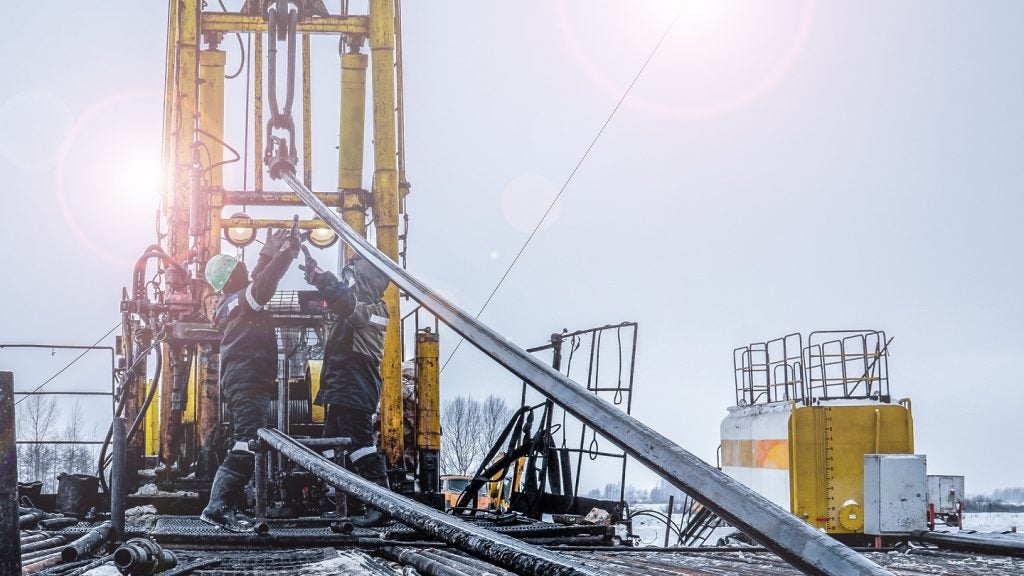Kapal, Banang and Meranti Cluster is a producing conventional oil field located in shallow water in Malaysia and is operated by Petroliam Nasional. According to GlobalData, who tracks more than 34,000 active and developing oil and gas fields worldwide, the field has water depth of 194 feet. Buy the profile here.
Field participation details
The field is owned by Petroliam Nasional.
Production from Kapal, Banang and Meranti Cluster
The Kapal, Banang and Meranti Cluster conventional oil field recovered 71.98% of its total recoverable reserves, with peak production in 2016. Based on economic assumptions, production will continue until the field reaches its economic limit in 2040.
About Petroliam Nasional
Petroliam Nasional Bhd (Petronas) is an integrated energy company that explores for, develops and produces crude oil and natural gas. Its downstream operations include processing and liquefaction of natural gas; refining of crude oil and marketing of petroleum products; manufacturing and sale of petrochemicals; and trading of oil, petroleum and petrochemicals. The company also carries out transportation and sale of liquefied natural gas (LNG). Petronas provides shipping and logistics services. Its infrastructure comprises refineries; blending plants; petrochemical manufacturing plants; gas infrastructure and utilities; and a retail network. The company operates in Asia, Australia, the Americas, Europe and Africa. Petronas is headquartered in Kuala Lumpur, Malaysia.
For more details on the Kapal, Banang and Meranti Cluster Conventional Oil Field, buy the profile here.
Data Insights
From

The gold standard of business intelligence.
Blending expert knowledge with cutting-edge technology, GlobalData’s unrivalled proprietary data will enable you to decode what’s happening in your market. You can make better informed decisions and gain a future-proof advantage over your competitors.






